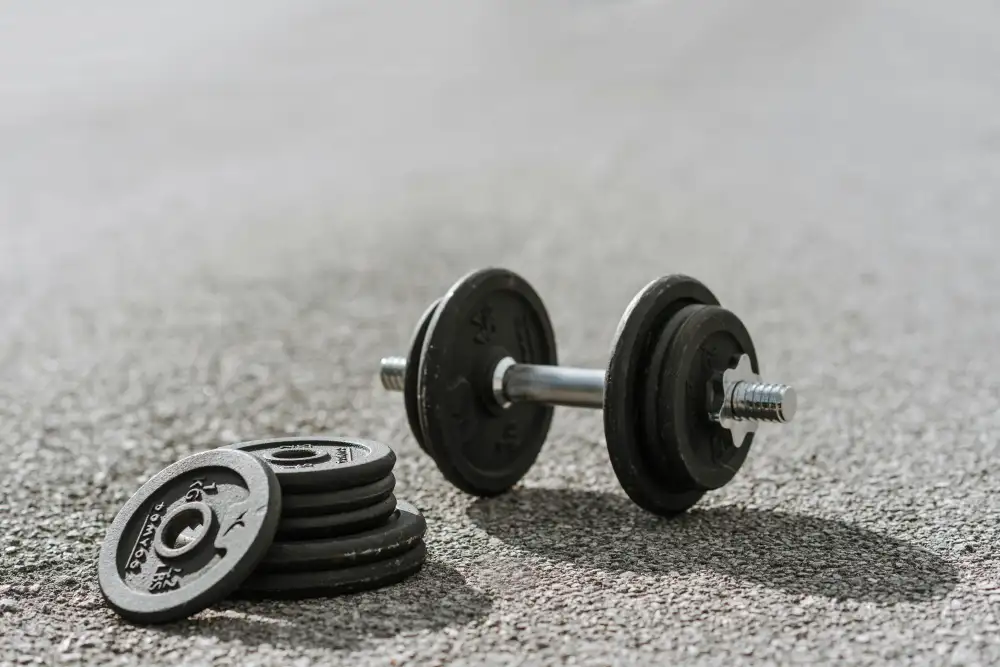Master the Art of Cleaning a Cast Iron Skillet: A Step-by-Step Guide for a Pristine Home Kitchen

The cast iron skillet is a timeless kitchen essential that has been cherished by home cooks and professional chefs alike for its durability and versatility. Whether you're searing a steak, baking cornbread, or frying up some crispy bacon, a well-seasoned cast iron skillet can elevate your cooking to the next level. However, to maintain its pristine condition and ensure its longevity, proper cleaning and care are essential. In this step-by-step guide, we will walk you through the art of cleaning a cast iron skillet, so you can keep your kitchen shining and your meals delicious.
Gather the necessary supplies
To properly clean a cast iron skillet, it is important to gather the necessary supplies beforehand. These supplies will ensure that you have everything you need to effectively clean and maintain your skillet. Here are the essential items you will need:
1. Hot water: Make sure you have access to hot water, as this will be used throughout the cleaning process.
2. Mild dish soap: Choose a mild dish soap that is gentle on cast iron and does not contain harsh chemicals.
3. Non-abrasive scrub brush: Look for a scrub brush with soft bristles that won't scratch or damage the surface of your skillet.
4. Sponge or cloth: Have a sponge or cloth handy for wiping away any excess food particles or soap residue.
5. Paper towels or clean kitchen towels: These will be used for drying the skillet after cleaning and before seasoning.
6. Cooking oil or shortening: You will need a small amount of cooking oil or shortening for seasoning the skillet after it has been cleaned and dried.
By gathering these supplies in advance, you'll be well-prepared to tackle the task of cleaning your cast iron skillet and ensuring its longevity in your kitchen.
Preparing the skillet for cleaning
Preparing the skillet for cleaning is an essential step to ensure effective and safe cleaning. Start by allowing the skillet to cool completely before handling it. Once cooled, use a stiff brush or sponge to remove any food particles or residue. Avoid using soap as it can strip away the skillet's seasoning. Instead, opt for hot water and scrub gently in circular motions. For stubborn stains, sprinkle coarse salt on the skillet and scrub again. Rinse thoroughly with hot water to remove all traces of salt and debris. By properly preparing the skillet, you are setting the stage for a successful cleaning process.
Cleaning the skillet
Cleaning the skillet is an essential step to maintain its longevity and ensure optimal cooking performance. Start by allowing the skillet to cool down completely after use. Once cooled, use a stiff brush or sponge to remove any food residue or stuck-on bits. Avoid using soap as it can strip away the skillet's seasoning. Instead, sprinkle coarse salt onto the surface and scrub gently. The salt acts as an abrasive without damaging the skillet's surface. Rinse off the salt and residue with warm water, making sure to remove all traces of food particles. Finally, dry the skillet thoroughly with a clean towel to prevent rusting.
Drying and seasoning the skillet
Drying and seasoning the skillet is an essential step to maintain its longevity and prevent rusting. After cleaning, ensure that the skillet is completely dry before proceeding with seasoning. Use a clean towel or paper towels to thoroughly dry the skillet, removing any moisture.
Once dry, it's time to season the skillet. Seasoning involves applying a layer of oil onto the surface of the skillet to create a protective barrier against rust and enhance its non-stick properties. Start by heating your oven to around 350°F (175°C).
Next, apply a thin layer of cooking oil or solid vegetable shortening all over the skillet, including the handle. Make sure to use an oil with a high smoke point like canola or flaxseed oil. Rub the oil into every nook and cranny of the skillet using a paper towel or cloth.
Place the oiled skillet upside down in the preheated oven on a middle rack. This prevents any excess oil from pooling at the bottom. Let it bake for about an hour, allowing the oil to polymerize and form a durable coating.
After an hour, turn off the oven but leave the skillet inside until it cools down completely. This gradual cooling process helps in further bonding of the oil to the iron surface.
Once cooled, your cast iron skillet is ready for use again! The seasoning process may need to be repeated periodically depending on usage and maintenance. Remember not to use soap when cleaning your seasoned skillet as it can strip away layers of seasoning.
By properly drying and seasoning your cast iron skillet, you'll ensure its longevity and enjoy its non-stick properties for years to come.
Storing the skillet properly
Storing the skillet properly is crucial to maintain its quality and prevent rusting. After cleaning and drying the skillet, it's important to apply a thin layer of oil to protect it from moisture. Start by placing a paper towel or cloth on a flat surface. Then, pour a small amount of vegetable oil or melted shortening onto the cloth and rub it all over the skillet, including the handle and exterior. Make sure to coat every surface evenly but avoid using too much oil as it can become sticky over time. Once coated, store the skillet in a cool, dry place with good air circulation. Avoid stacking other heavy objects on top of it as this can cause damage. By following these steps, you'll ensure that your cast iron skillet remains in excellent condition for years to come.
Cleaning a cast iron skillet may seem like a daunting task, but with the right steps and supplies, it can be easily mastered. By following this step-by-step guide, you can ensure that your skillet remains in pristine condition for years to come.
Remember to always gather the necessary supplies before starting the cleaning process. This includes kosher salt, a sponge or brush, mild dish soap, and a clean towel or paper towels.
Preparing the skillet for cleaning is crucial to remove any food residue or stuck-on particles. Use kosher salt as an abrasive agent to scrub away any stubborn stains. Avoid using harsh chemicals or metal utensils that can damage the seasoning of the skillet.
When it comes to cleaning the skillet, opt for mild dish soap and warm water. Gently scrub the surface with a sponge or brush, making sure to reach all corners and crevices. Rinse thoroughly and avoid leaving any soap residue behind.
After cleaning, drying and seasoning the skillet is essential to prevent rusting. Pat dry with a clean towel or paper towels, ensuring that no moisture remains on the surface. Apply a thin layer of oil or shortening to protect the skillet from oxidation.
Lastly, storing the skillet properly will prolong its lifespan. Place a paper towel inside to absorb any excess moisture and prevent rust formation. Store in a cool and dry place away from direct sunlight.
In conclusion, mastering the art of cleaning a cast iron skillet requires attention to detail and proper care. By following these steps diligently, you can maintain a pristine home kitchen and enjoy delicious meals cooked in your well-maintained cast iron skillet for years to come.
Published: 15. 02. 2024
Category: Home



